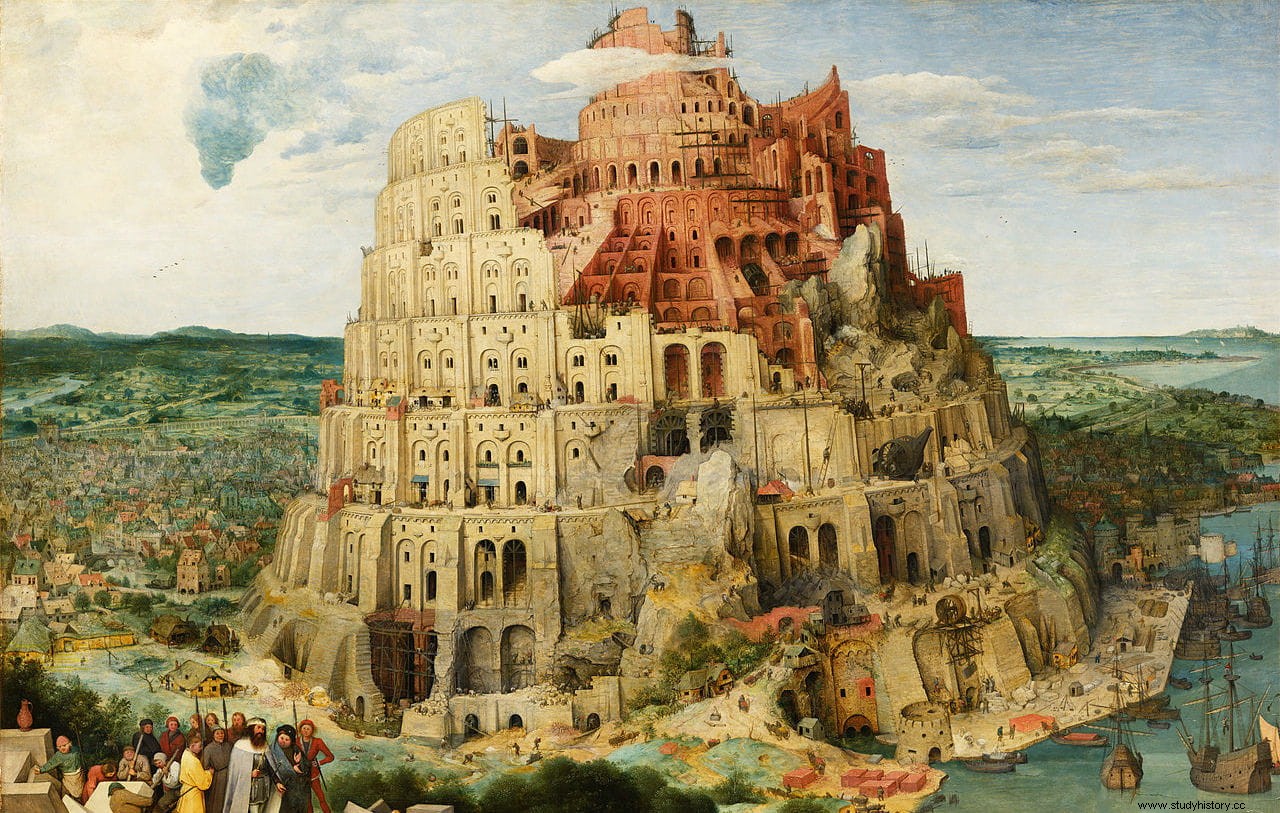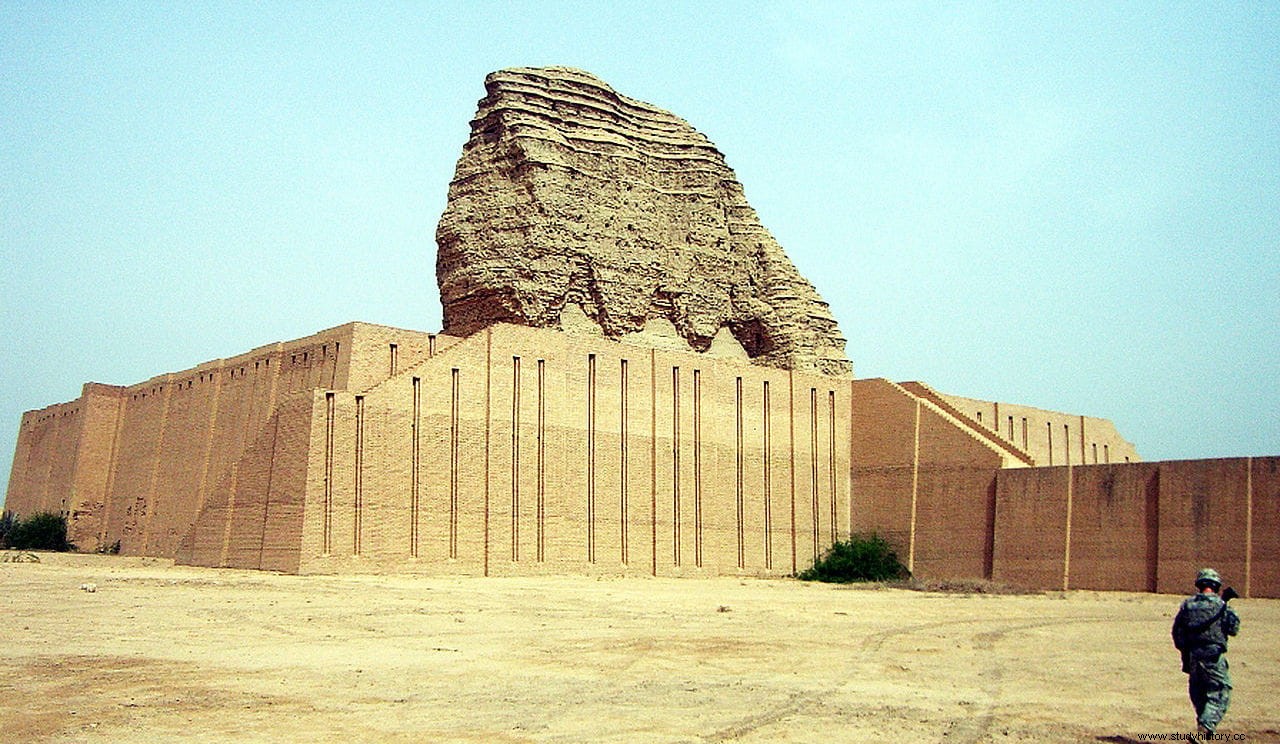In the Iraqi desert, about 30 kilometers west of Baghdad, stands an impressive mass that, at first glance, looks like a simple rock eroded by the wind over the centuries.
But nothing could be further from the truth, since it is made of bricks and what remains of it was once the core of a 60-meter-high ziggurat.
Before ancient Babylon was discovered some 110 kilometers south of the Iraqi capital, travelers who visited Baghdad since the Middle Ages believed that it was the mythical biblical city and identified the ziggurat of Dur-Kurigalzu with the Tower of Babel, given its proximity.

But Dur-Kurigalzu is much older than Baghdad, some 2,100 years separate the foundation of both, the first by the Kassite king Kurigalzu I around 1400 BC. and the second by Al-Mansur in 761 AD.
Of the city, which had several temples and the royal palace, only the central structure of the ziggurat remains standing. And it is that just two centuries after its foundation it was abandoned before the Elamite invasions and the fall of the Kassite dynasty. Only the area of the temples remained partially active.

The ziggurat, dedicated to the god Enlil, originally measured 69 by 67.6 meters at its base and more than 60 meters in height. It was built with sun-dried bricks, not fired, and every six layers another one made with reed mats was laid out, to facilitate drainage and keep the bricks together.
On the outside it was covered with a layer of baked bricks, which according to an inscription found in one of them, was placed by Kurigalzu II.

Precisely the fact that it has been preserved in this state makes it a valuable example for historians, who can see the interior details of the construction system used 24 centuries ago.
The monument was first described by Claudius James Rich in his 1811 book Narrative of a Journey to the site of Babylon , at a time when ancient Babylon was still believed to have been where Baghdad stands today.
The first archaeological excavations were carried out between 1942 and 1945, in the middle of the Second World War, to which Iraq was no stranger, as we have already explained in another article, covering both the ziggurat and three of the temples and part of the palace, in which that more than a hundred cuneiform tablets from the Kassite era were found.

In the 1970s Saddam Hussein began restoration work that led to the rebuilding of the first level of the ziggurat. But during the US invasion the area suffered damage that also affected it. This, together with the growth of the city itself that surrounds it with industrial structures and suburbs, and other natural factors such as groundwater, means that it is at risk of further deterioration and even collapse if the appropriate measures are not taken.
